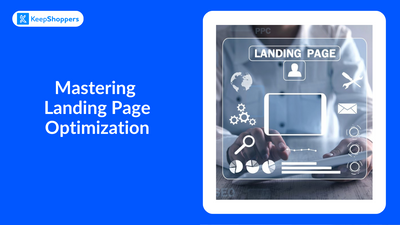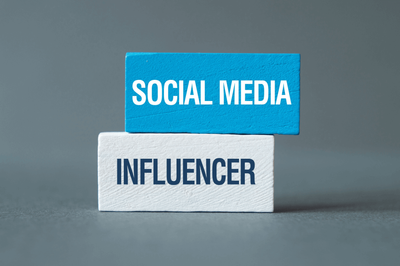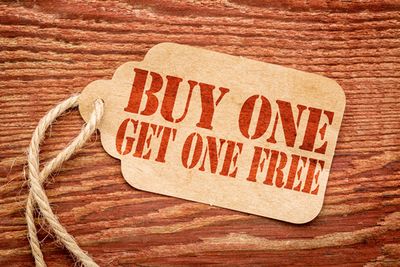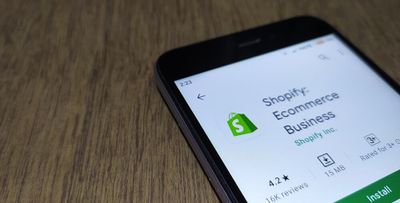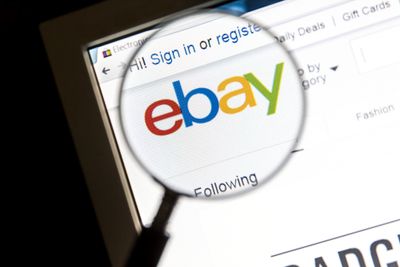eCommerce Entrepreneurs Blog
Read about successful online stores, the best eCommerce apps, marketing strategies, store design, and much more on KeepShoppers' blog.
Shopify marketing
Harnessing the Power of Social Media and Influencer Marketing: Insights from Bang EnergyIn the ever-evolving digital landscape, companies need to be nimble, innovative, and customer-centric to stay ahead. One brand that exemplifies this is Bang Energy. Guided by Viviana Muci, their GlobaJuly 17, 2023

